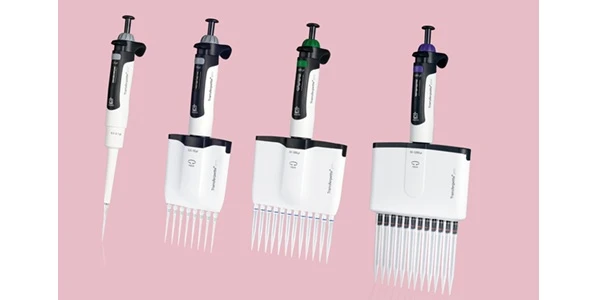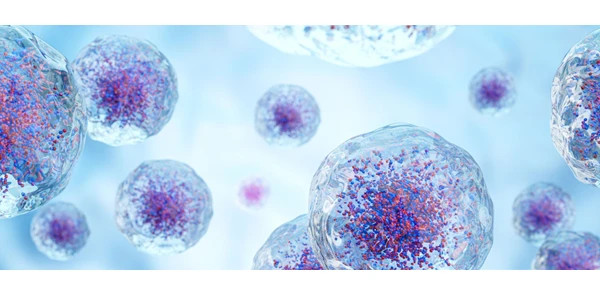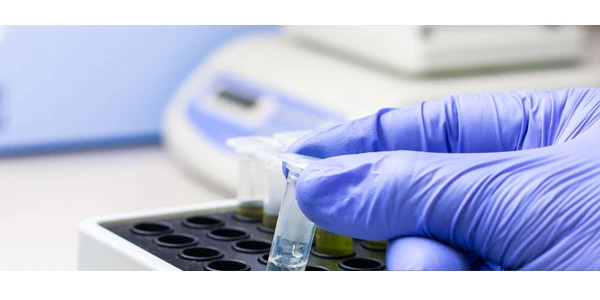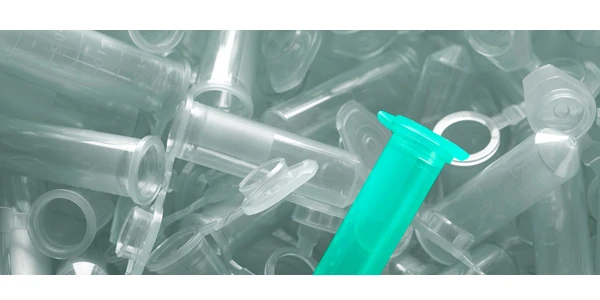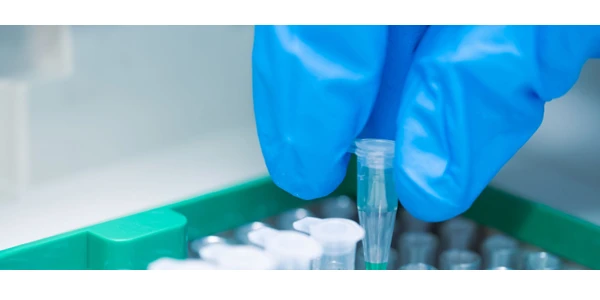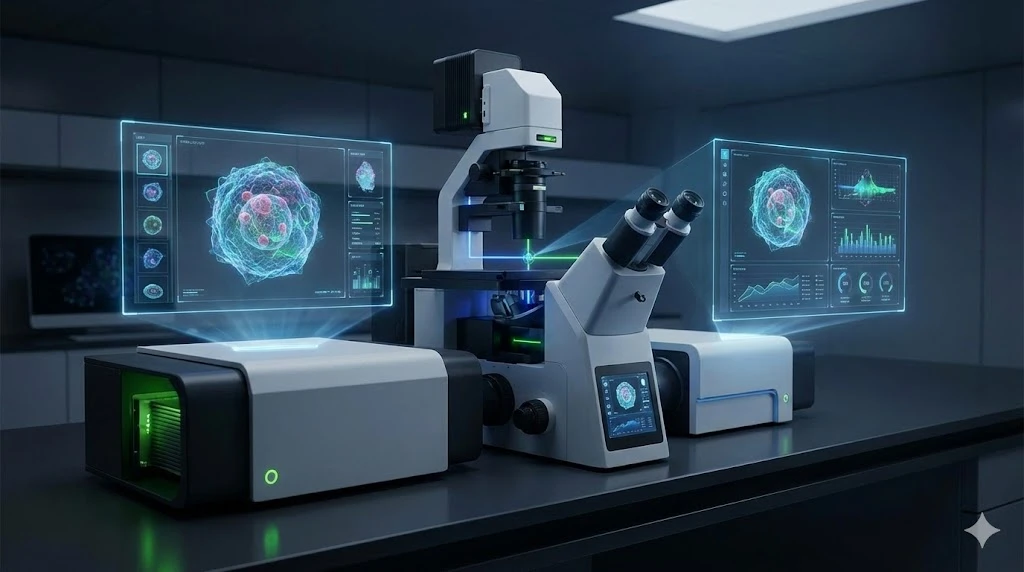Emerging Mass Spectrometry Imaging Technologies
Mass spec imaging (MSI) innovation has spawned cutting-edge technologies for approaching challenging and novel imaging applications. MALDI imaging has found a firm foothold in microbial analysis and pathogen detection, as well as tissue imaging in drug metabolism and other pathology applications. MALDI and derivations thereof have shown promise in diagnostics, forensics, and a multitude of other areas as well where more traditional MS methods have suffered limitations.
The recent emergence of a greater number of products and applications indicates that the formative stage of Mass Spec Imaging has reached the mainstream.
MALDI Imaging
The matrix assisted laser-desorption ionization (MALDI) technique, in which samples are ionized directly and rapidly from solid substrate, has a rich and decorated history. The nature of ion formation as well as the relative simplicity of analysis via time-of-flight (TOF) has made modern MALDI a go-to technique for everything from protein analysis to high-throughput screening of plasma samples.
Several critical barriers have been lowered to make MALDI amenable to a now extensive array of imaging (MALDI-MSI) applications. Matrix spraying, spotting, and sublimation refinements have addressed issues of low ionization efficiency and sensitivity as well as sampling inconsistency. Advancements in mass analysis and data processing methods have made the acquisition of imaging information more seamless and straightforward. These elements combined with backend software solutions, for instance to allow spatial integration of MALDI imaging data with traditional histology data, has greatly enhanced the resolution and versatility of the technology.
Desorption Electrospray Ionization
(DESI) is an ambient pressure ionization technique that has gained growing utility for a range of challenging applications such as chemical analysis in tissues and solid substrates. The versatility of the technique arises from its ability to attain ionization at atmospheric pressure, avoiding the need for high vacuum and high complexity sample preparation. This coupled with the compatibility with various MS mass analysis systems adds to the broad scope of potential uses.
DESI mass spec imaging
(DESI-MSI) applications have arisen from the simplicity of ionization and sample preparation and the ability to rapidly sample and process a freely moving stage. Recent research applications have included plant tissue imaging for the presence of the bioactive compounds, the detection of fungal pathogens and chemical defense compounds, and spatial resolution of metabolic profiles in ovarian cancer tumors.
Liquid Sample DESI Imaging
Derivations of DESI-MSI include liquid-sample (LS-DESI-MSI), which focuses on rapid analysis of liquid samples with applications in microfluidics, microextraction, and other advanced techniques. Other variants include: transmission mode, thermally assisted, and continuous-flow DESI, and combinations of these technologies.
Laser Ablation and Liquid Extration Mass Spec Imaging Techniques
Additional imaging techniques include LAESI (Laser Ablation Electrospray Ionization) and LESA (Liquid Extraction Surface Analysis). LAESI can analyze water-containing samples by the action of a pulsed mid-IR laser matching the absorption of the liquid. Upon ejection of a plume of liquid material from the sample, it is ionized by the ESI source and then directed into the MS analyzer. LESA is a novel technique that combines micro-liquid extraction from a solid surface with nano-electrospray MS. The method has utility as an imaging technology with similar or greater sensitivity than MALDI-MSI. Applications include: drug and metabolite profiling in tissue samples ranging from brain, liver, kidney, and even whole organs.
These technologies and others are poised to make significant impact on the future of mass spec imaging and molecular medicine in general.
View Mass Spectrometry listings on LabX
Updated November 2019
